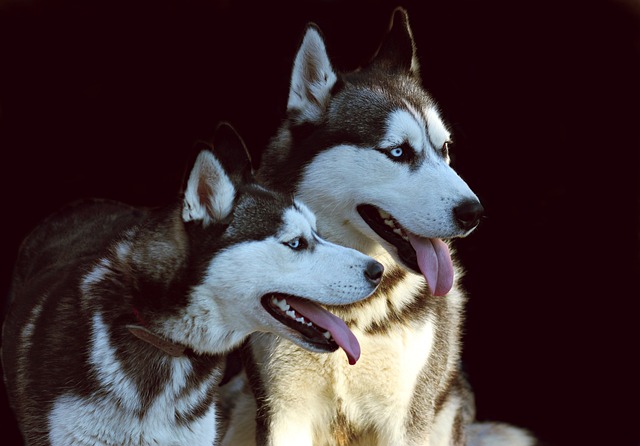
How do i train my dog to be obedient?
Watching your dog dart across the park ignoring your calls isn’t just frustrating—it can put them at risk near busy streets or public spaces.
Bringing home a Siberian Husky puppy means welcoming a bundle of energy—along with the task of potty training, which can feel tricky given their independent streak. Huskies are smart, but their strong-willed nature means consistency, not frustration, is key to helping them learn where to go. Start by remembering they have small bladders: a 2-month-old puppy might need a trip outside every 2 hours, plus right after meals, naps, or playtime—this sets them up to succeed before accidents happen.
Understanding your Husky’s body language makes a big difference in potty training success. Watch for signs like pacing, sniffing the floor, or circling—these are their ways of saying they need to go. When you see these cues, calmly take them to your chosen spot, whether it’s a patch of grass in your yard or a designated area near your apartment. Stay with them and use a simple, consistent command like “go potty”—Huskies respond well to clear, repeated phrases, and this helps them link the action to the words over time.
 Positive reinforcement is non-negotiable here—punishment (like scolding if they have an accident) will only make your Husky fearful or resistant. Instead, keep treats handy: the second they finish going in the right spot, praise them excitedly and give a treat. Huskies thrive on attention, so this reward tells them exactly what behavior you want. Also, be patient with accidents—wipe them up with an enzyme cleaner (avoid ammonia-based products, which can smell like urine and attract them back to the same spot) and gently redirect them outside next time they show signs of needing to go.
Positive reinforcement is non-negotiable here—punishment (like scolding if they have an accident) will only make your Husky fearful or resistant. Instead, keep treats handy: the second they finish going in the right spot, praise them excitedly and give a treat. Huskies thrive on attention, so this reward tells them exactly what behavior you want. Also, be patient with accidents—wipe them up with an enzyme cleaner (avoid ammonia-based products, which can smell like urine and attract them back to the same spot) and gently redirect them outside next time they show signs of needing to go.
Don’t forget local rules that keep you and your community happy. Make sure your puppy is up-to-date on core vaccines (like distemper and parvovirus) before taking them to public parks or sidewalks—most areas require this for health and safety. Always carry poop bags, too: leaving waste behind isn’t just rude, it’s illegal in many neighborhoods and can lead to fines. If you live in an apartment, stick to designated pet relief areas and keep noise down when taking them out early or late—being a considerate neighbor goes a long way with other residents.
By staying consistent, reading their cues, and leaning into positive training, your Husky puppy will catch on to potty rules faster than you might think. Remember, this process is as much about building trust with your new companion as it is about teaching a skill—every successful trip outside is a step toward a happy, well-adjusted adult Husky. Before you know it, those frequent trips outside will become a smooth part of your daily routine, and you’ll both feel proud of the progress you’ve made together.

Watching your dog dart across the park ignoring your calls isn’t just frustrating—it can put them at risk near busy streets or public spaces.

New puppy owners often find themselves rushing to clean up accidents before they set in, and that’s where puppy pad training becomes a game-changer.

If you've noticed your dog's waistline disappearing and your veterinarian has mentioned those few extra pounds, your first instinct might be to simply reduce the amount of food in their bowl.

Training a dog to use a designated spot indoors isn’t as daunting as many new owners fear, but it does take consistency and an understanding of your pet’s needs.

That moment of dread on a walk is all too familiar for many new dog owners. You see another dog approaching down the sidewalk of your neighborhood

If the sight of another dog on your neighborhood walk makes your heart sink as your own dog erupts into a frenzy of barking and lunging, you're not alone.